Materials with Character
The galleries are designed to stage exhibits in the most optimal environment to maximize the viewing experience, incorporating Japanese traditional architectural materials such as centuries-old timber, black plaster, and tatami mats.
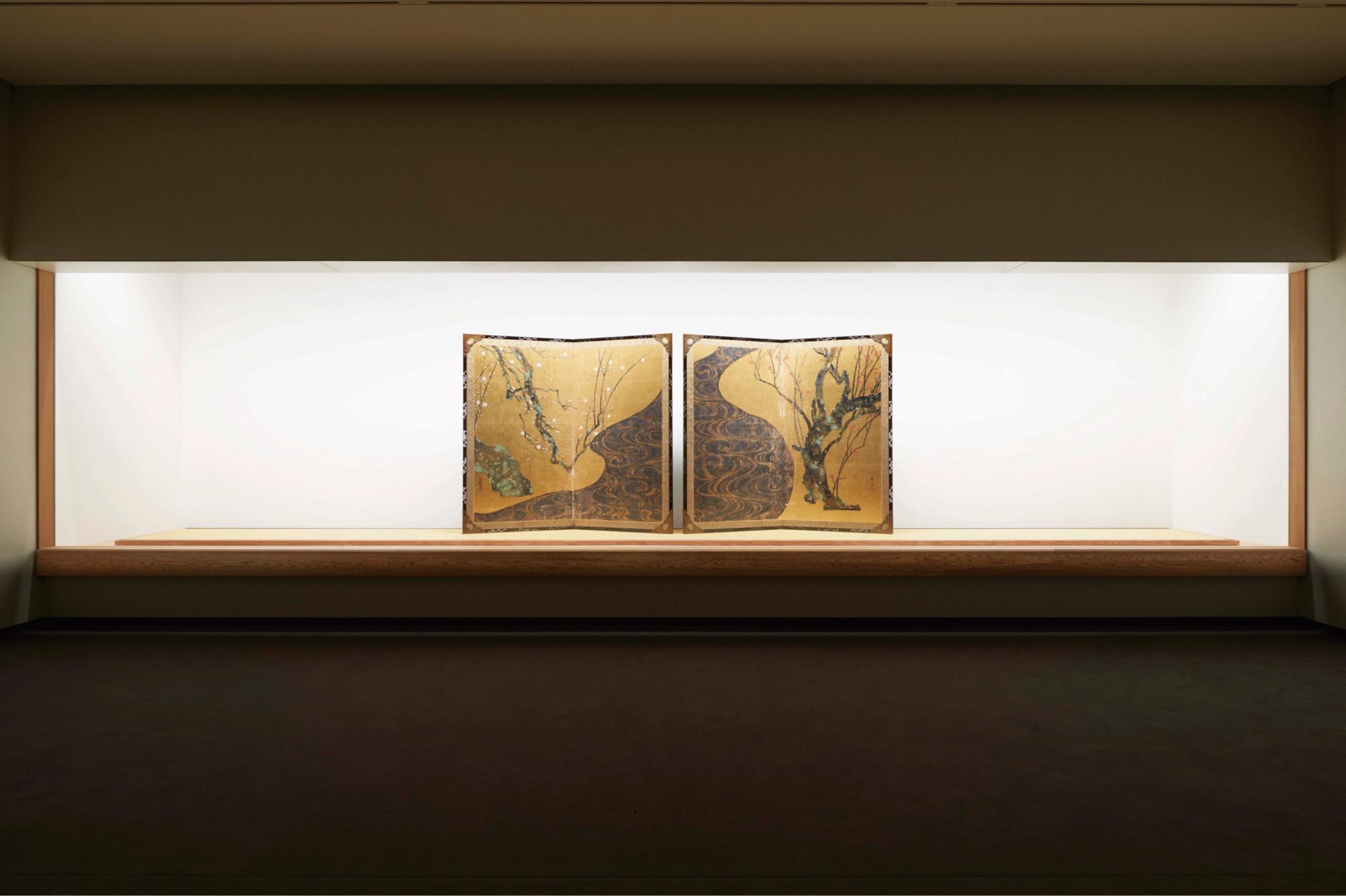
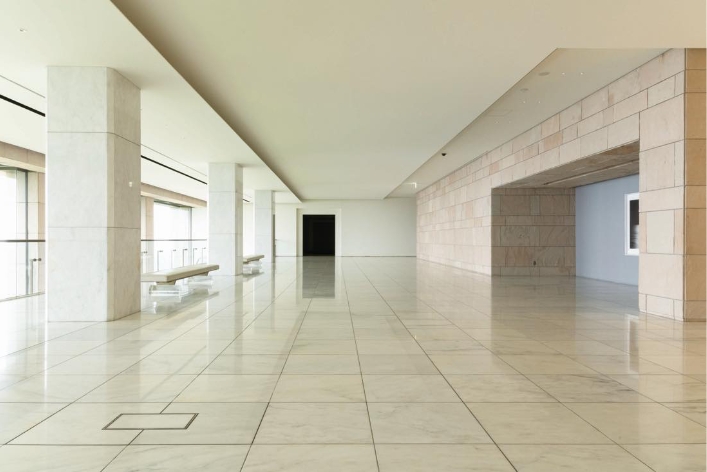
Lobby area
The spacious lobby area commands a spectacular view over the sea off Atami, accentuated by the remote islands, through its impressive floor-to-ceiling windows.
The ceiling gently slopes down towards the windows, creating a visual effect to enhance the sense of space inside by leading visitors’ eyes toward the panoramic seascape.
White marble covers the floor, and Indian Sandstone gives a texture to the interior walls.

Black plaster walls
The gallery walls, 4 meters high and 17 meters wide, have a black plaster finish to soften the reflection on the glass panes of the display cases.
The hand-crafted plaster walls also create a textured ambiance in the galleries.
The wall end is lined with island mulberry. Unglazed ceramic tiles are used for skirting the walls.
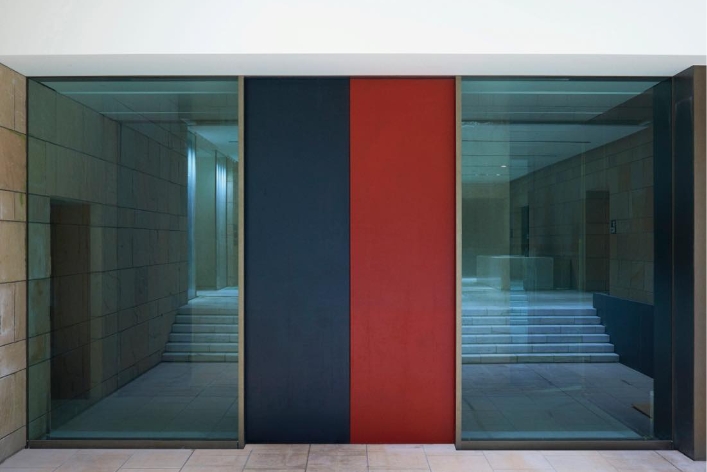
Main entrance doors
Visitors are welcomed into the museum through a pair of doors that themselves represent Japanese kōgei craft tradition, urushi, created by one of the country’s Living National Treasures, Murose Kazumi.
These four-meter-high door panels in stainless steel are decorated with layers of Japanese lacquer urushi.
The design, proposed by Sugimoto, is inspired by the fashion trend of the Momoyama period (16th-17th centuries) to use contrasting fabrics for each side of front panels for a kimono. Each panel is signed by the artists Murose and Sugimoto.
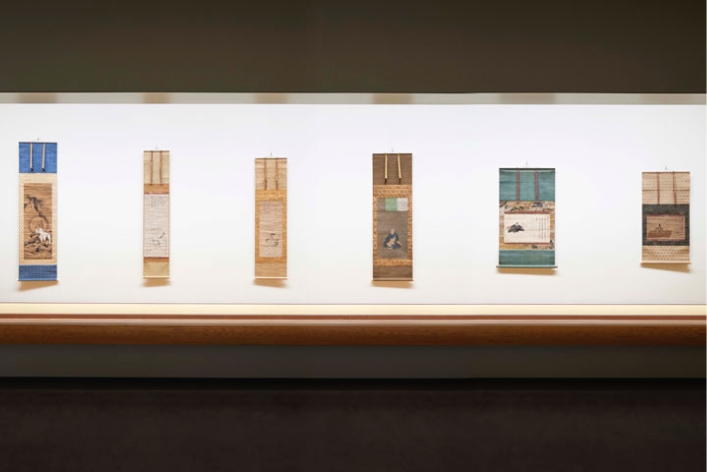
Centuries-old cypress—Gyōjasugi
The display cases are designed to enhance the viewing experience, modeled on a Japanese room arrangement known as tokonoma.
The front rail timber kamachi is centuries-old cypress known as Gyōjasugi from Oita.
The timber shows picturesque patterns of growth rings on the front side while the top surface has fine, beautiful straight grain. The platform to place artworks is fitted with mock tatami mats with hemp trims and woven sheets of washi paper, which replaces traditional soft rush rug for optimizing the internal environment for conservation of the art objects.
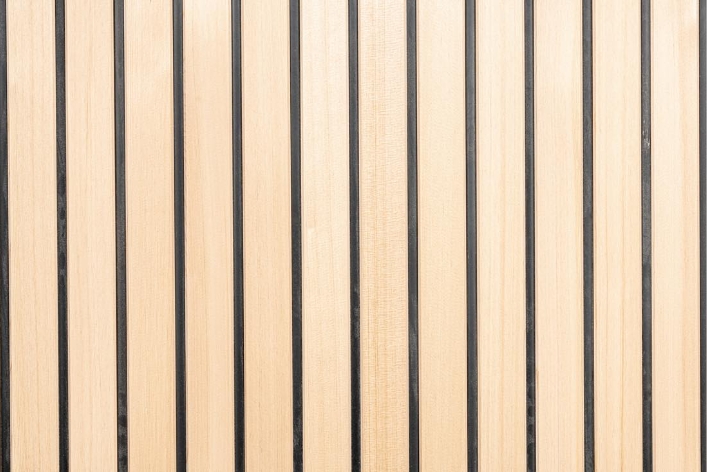
Wooden grid panels in the connecting staircase
This traditional architectural feature for a soft lighting effect is made of cedar.
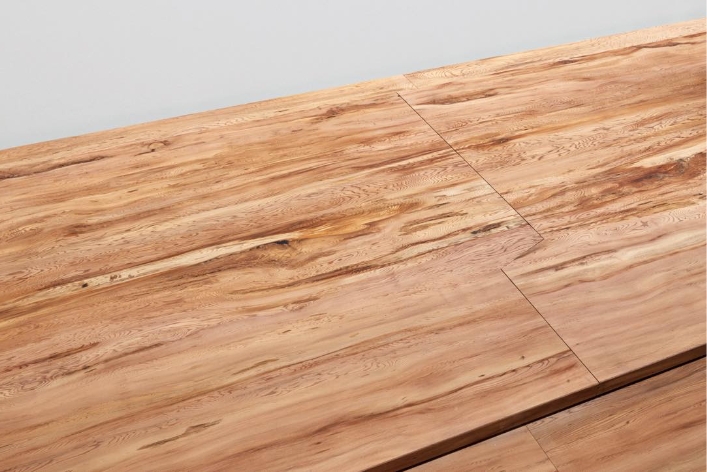
Ancient cypress from Yakushima Island
The floor of the showcases with an ample depth of 1.8 meters has a finishing in reclaimed ancient cypress known as Yakusugi.
The millennium-old cypress trees originate in the island of Yakushima, south of Kyushu Island and are a protected species today. Traditionally, it was favored for decorative fixtures for its fine, elegant grains.
The specimen used in this display area is 1.3 meters wide and estimated 1,500 years old.
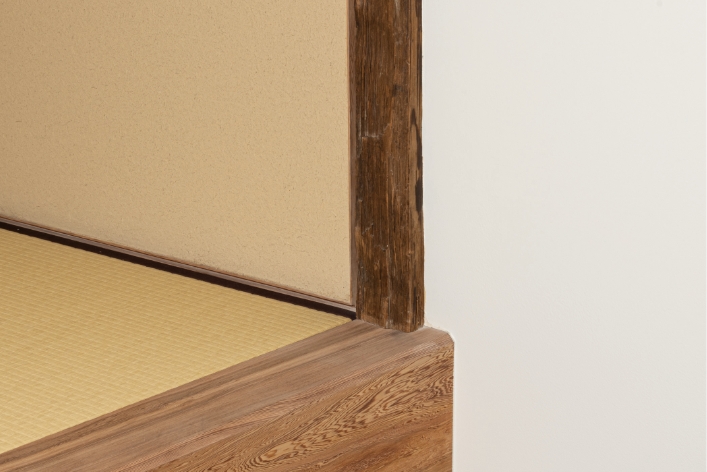
Antique timber
An open space display area has been installed to offer visitors a more authentic experience of viewing artworks. It is more closely designed in the tokonoma style with structural features such as decorative pillars and front rail timber.
As a beautiful contrast to the fine-grained Yakusugi used in the front rail, the pillars are of antique timber reclaimed from the Kairyūōji Temple (est. 8th century) and the Taimadera Temple (est. c. 612) in Nara. The walls are finished with fine-grade sand plaster.
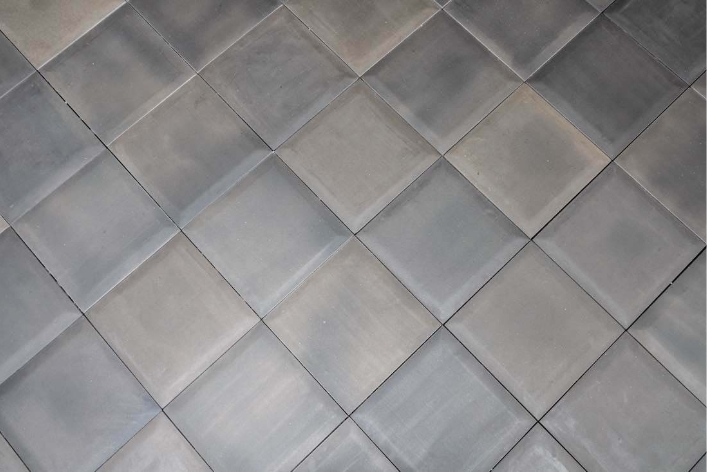
Artisanal ceramic tiles
The approach to the galleries is designed in a roji style, creating a little passage often observed in traditional Japanese gardens with a tea house.
The floor is tiled with ceramic tiles specially crafted for the museum by the expert ceramicists in Nara who also produce roof tiles for the Tōshōdaiji and Tōdaiji temples. The tiles have slightly different hues from one another as they were hand-crafted, adding a unique character to this space.
The diagonal arrangement, another traditional feature, requires a meticulous calculation and fabrication so that the outer angles of the tiles perfectly align with the floor edges. The space is a result of a combination of ultimate precision and the soft texture of handwork.
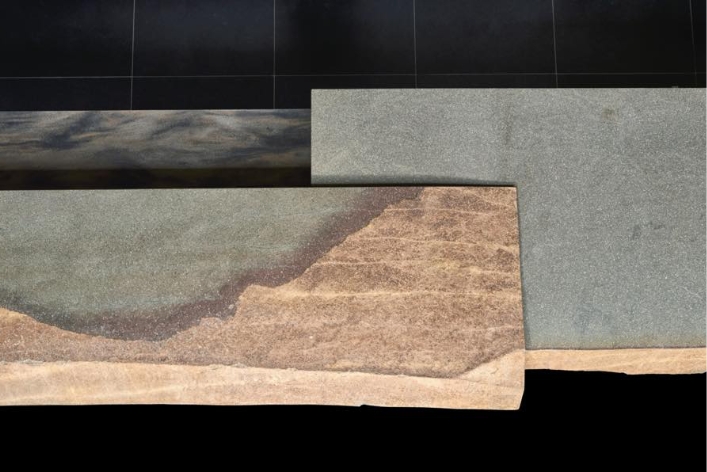
Komatsuishi, the finest granite stone
The countertop of the café is a single slab of the finest granite in Japan known as komatsuishi.
It is produced exclusively in the coastal town of Manazuru, Kanagawa, and has been utilized in many historic buildings, including the Edo Castle. Its characteristic ocher grains are favored as a focal feature in landscaping, and polished surfaces reveal a beautiful pale-jade ash color.
A combination of this komatsuishi counter and various textured materials creates a tasteful ambiance in this little corner of the café.
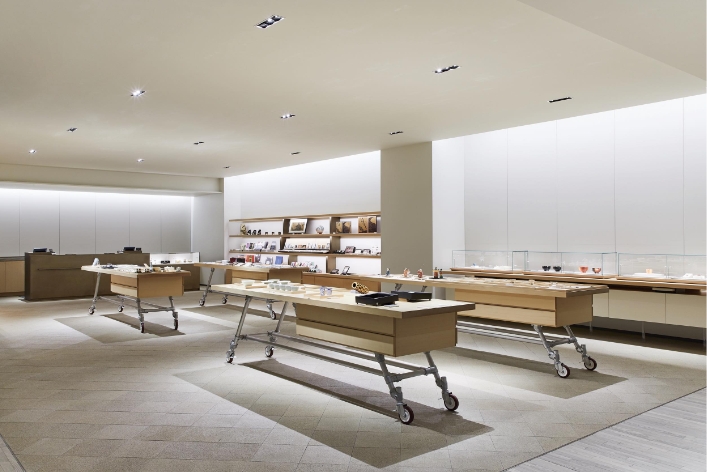
the shop
The display tables in the shop are also a unique collaboration of different materials. The tabletop is a single plank of Canadian cedar, supported by a stand crafted out of guardrail tubes from the UK, created by the NMRL. The shop offers a rich variety of goods and crafts, including limited edition items by famous artists and Living National Treasures.
Links
Map
Restaurants
Shop
Seasons
